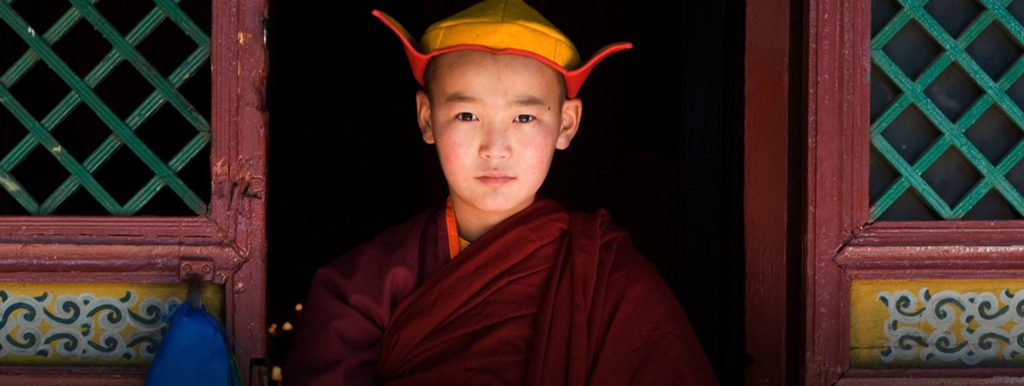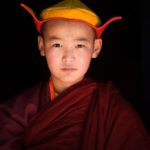Alison Wright Q&A:
Insights on Traveling and Mongolia From the Leading Documentary Photographer
The photographer whose work puts “faces to places,” as she describes it, did just that on her last trip to Mongolia, capturing portraits of everyday Mongolians, each with their own stories to tell. Discover her thoughts on future photo tours to this unique, storied land, hearing about her more than two decades traveling the globe capturing people, cultures, and the changes brought to both by the modern world.
She returned to Mongolia this August to lead Photographer’s Mongolia: A Photocultural Journey with Alison Wright, a one-of-a-kind adventure proudly offered by Nomadic Expeditions.
Alison–no stranger to this part of the world, having also lived for years in Nepal–will provide travelers with invaluable insight into capturing their memories while encouraging them to let go of the technical aspects of photography enough to be in the moment and connect with the people on the other side of the lens.
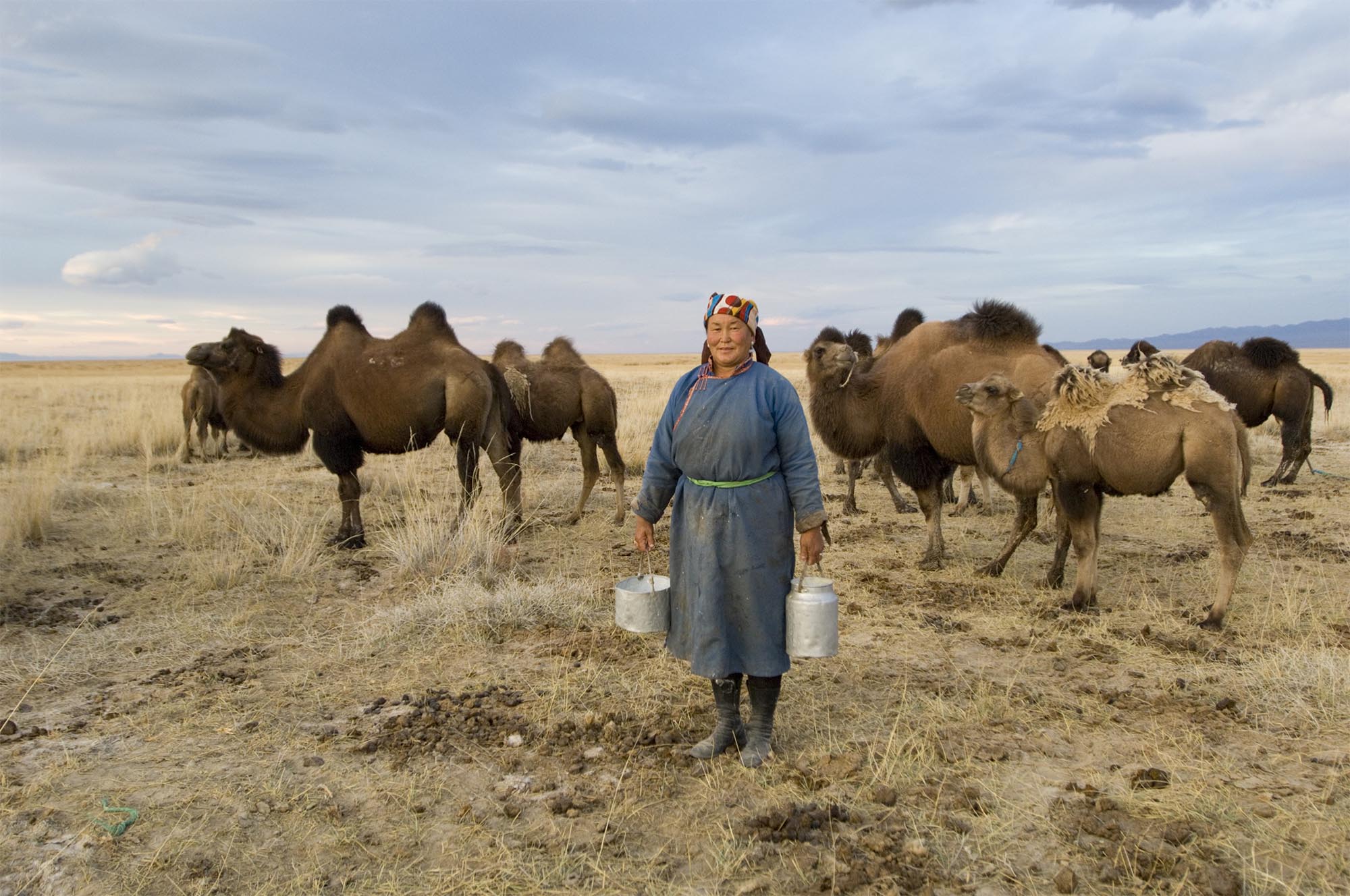
Nomadic Expeditions: What about Mongolia makes it so special for you?
Alison Wright: I photograph indigenous people and cultures all over the world. I’ve been to about 150 countries now.I’m really known for my work in Tibet. I’ve spent a lot of time there over the years. That place has just evolved and changed so much with modernity moving in. But I would say that Mongolia is just still one of those really truly untouched places that are getting harder and harder to find. What I love about Mongolia is that you can just get into this untouched land. And it’s so open and so vast. I love the nomadic culture. I love the traditions they have.
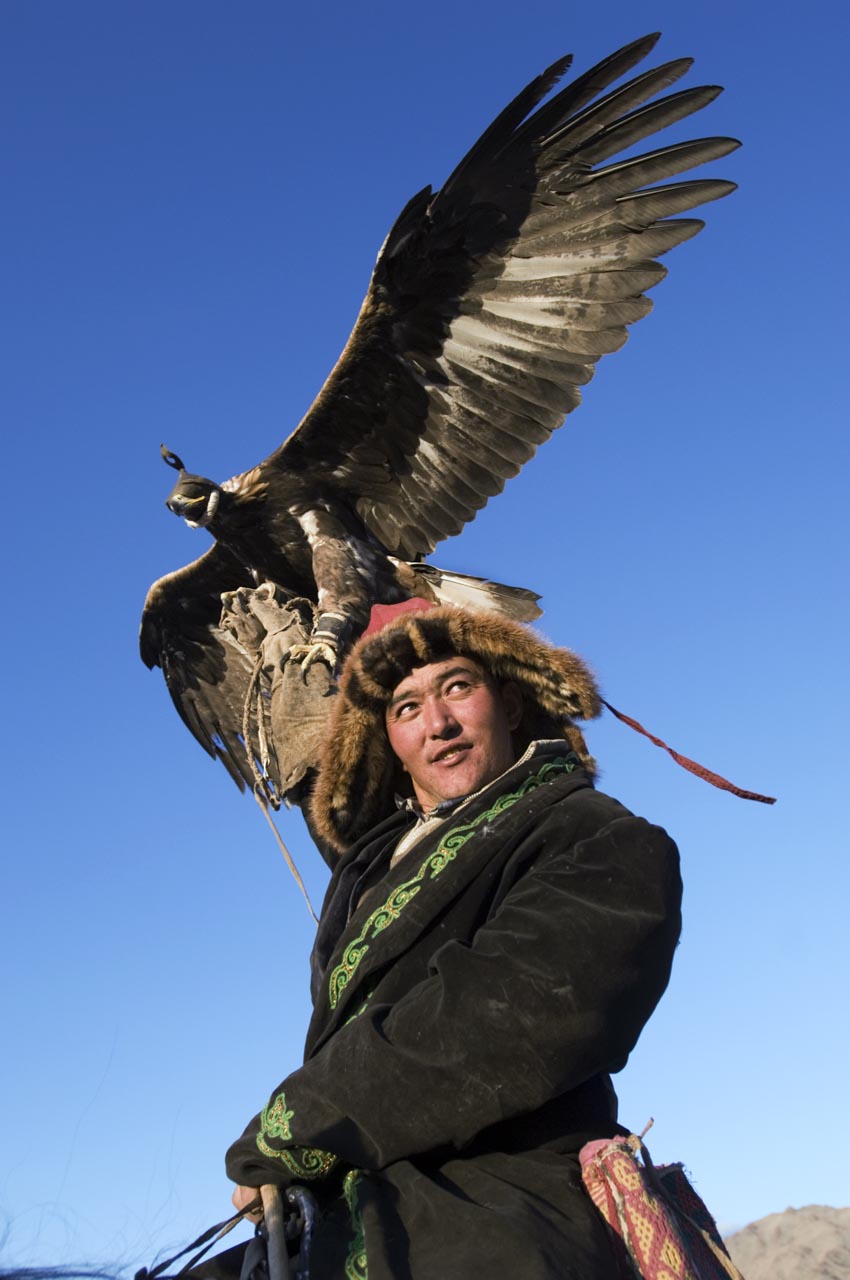
NE: What are some of your most stand-out memories from Mongolia?
Alison: I stayed with this couple in their yurt and they had this really funny dynamic. Every day I was staying with them, the husband would drink this fermented mare’s milk and he would get kind of drunk. His wife would get really upset and kick him out. She’d make him sleep outside in this tent. But, then, they had to make up because they had to milk these camels three times a day and they had to do it working together. So, I thought it was just humorous that they would be that remote yet they had to work it out and work together.
There was another funny instance where I pulled up to another yurt and they had somehow rigged up a solar panel and with that they could fire up a small television. So, in a very surreal circumstance, we were sitting there watching ‘Friends’ on a black and white TV set. It was just an interesting juxtaposition being so remote and yet having this slice of modernity in there. As they were packing everything up to leave the next day, I thought, “Are they pondering Ross’ escapades right now?” What could it possibly mean to these people to watch this show about people living in an apartment in New York City?
NE: What are you most looking forward to about Photographer’s Mongolia?
Alison: What’s cool about this trip is that we’ve cultivated a very intimate and unique itinerary. We’re going to get some of those eagle hunters. I really love that. I love seeing those guys. They’re so proud.They’re really proud of their birds. They enjoy being photographed because they’re really showing off one of the best aspects of their culture. It’s the same when you go to the horse festivals, so we’re incorporating some of that on a small level with horseback riding, which is just so a part of their culture and so embedded in their existence.
I certainly didn’t stay in such nice places [on her last trip to Mongolia]. I was just on my own. That’s why I’m really excited about working with Nomadic Expeditions because the experience is so high end. You get this real experience and get to do and see real things, but you get to stay in nice, comfortable places. That’s so awesome because I’m used to really roughing it. When I went, it definitely wasn’t like that. It was more sleeping on carpets with bug bites and that kind of stuff. It’s funny because I actually did see Nomadic Expeditions back then and the nice setup and everything and I was always like, “How great would it be to stay in those places?”
I think this is really the time to see Mongolia before it gets too much on the map. I think that it’s still very untouched. I think the great thing with Nomadic Expeditions and this itinerary is that they’ve been able to organize things that are really the highlights of the country. It’s not like you have to make a choice. You really get to see the eagle hunters, the temples, the monasteries, the Gobi, which is something really magical, something you always hear about, but to actually be in it is amazing.
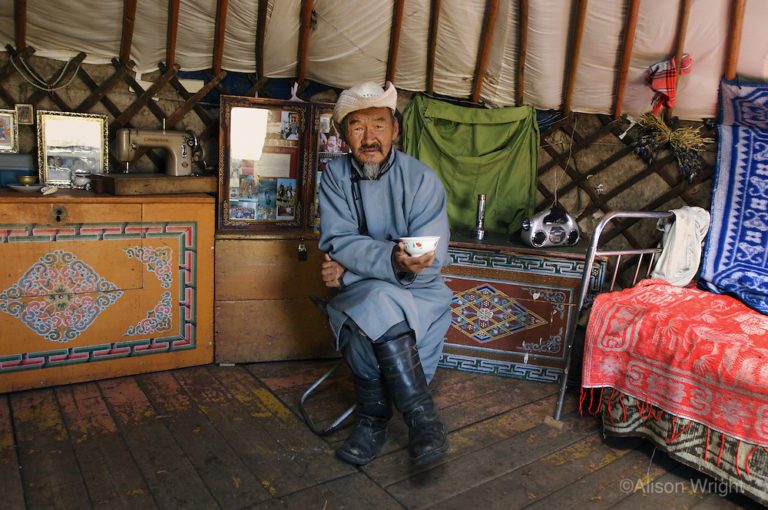
NE: And on the photography side of things, what do you think will be highlights of the trip?
Alison: We’re going to a local Naadaam Festival, which I think is better for photographing when you get the smaller ones rather than these really big events. It will be more intimate for photography. It has all these elements like wrestling, archery, and horse racing that really highlight some of the traditions of the country.
I like photographing people in these situations because it’s celebrating their unique culture and diversity. That’s what I’m always looking for, what encapsulates their traditional culture. We’ll have an intimate opportunity to meet some of the local people, which I love. I love connecting with people. That’s always a highlight for me.
Traveling changes you. Once you have these encounters with people you realize that we don’t have that many differences between us. My great takeaway from all my travels is how much we’re the same the world over. We all really want to love and be loved and have a little money in our pocket, enough to get by, safety and health for ourselves, our friends and family, education for our kids. It’s like my latest book, Human Tribe, which looks at portraits of people around the world, but really what we’re doing is celebrating our human tapestry and really looking at what our commonalities are. I think travel can expand your mind. You can come back and realize we don’t need to be as divisive as things are tending toward.
I love this itinerary. We really worked hard to make sure we got a little of everything in there. I think it’s going to be a really exciting trip.
NE: What can a traveler expect having you as a part of their group?
Alison: I’ve been leading trips my entire career. My strong point is helping people get comfortable meeting other people and especially photographing them. Introducing them to how you can get comfortable photographing somebody. The key is there’s a real power, even if you don’t speak the language, that there’s a language of the heart and you can really connect with somebody in that way. It’s a really wonderful thing to connect with another human being and another culture.
As far as photographing someone, it’s really about letting someone know what you find special about them because at the end of the day, everybody wants to feel special. I remember photographing this one guy in his yurt and he was so embarrassed about his clothing. He was wearing his very traditional Mongolian coat and I was like, “But it’s so beautiful.” And I think that people just want to be made to feel proud.
That’s where it’s really wonderful to have these connections. I have a number of people coming on the trip with me already that have traveled with me to other places and they just enjoyed that connection with other people. Not everybody is always comfortable with photographing people, but even if you’re not that into photography, people just enjoy that opening up and that interaction.
The thing with a photo trip is you can use whatever camera you want. I don’t care if you use an iPhone. It’s more about learning how to see and walking away with a great encounter and experience rather than just being so caught up in the technical aspects. I really encourage people to be open with their hearts and their minds to be in these cultures once they’re there.
That’s where I think you walk away feeling really fulfilled. The idea is to go beyond just being a tourist and to have an intimate experience. It’s not just skimming the surface. It’s having a deep, intimate experience with the culture.


